| Nativity |
|---|
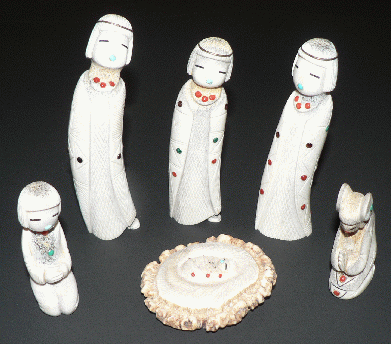 |
| Click image for larger picture, much larger |
|
|
| Other Works by Troy Sice | |
|---|---|
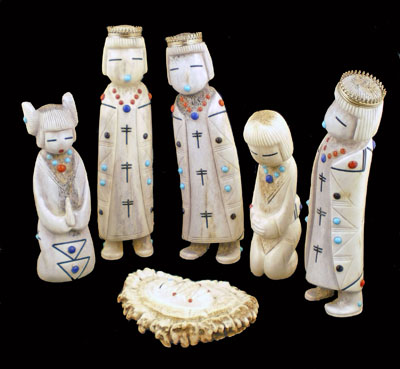 |
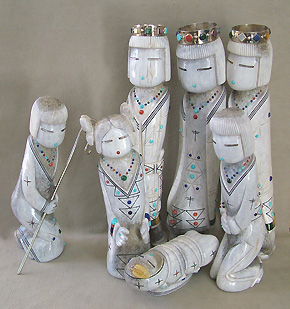 |
| Backs of these nativity figures are below. | |
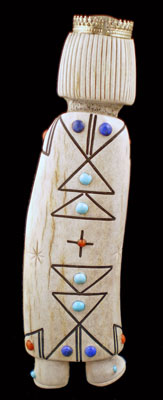 |
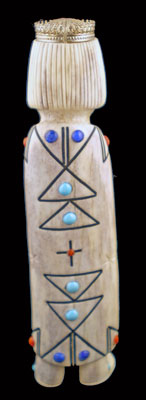 |
 |
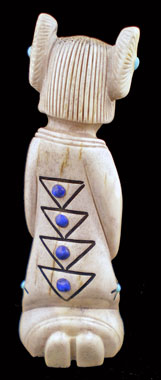 |
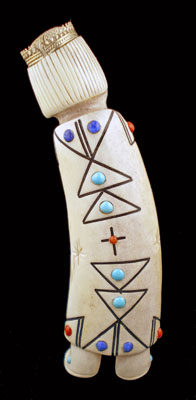 |
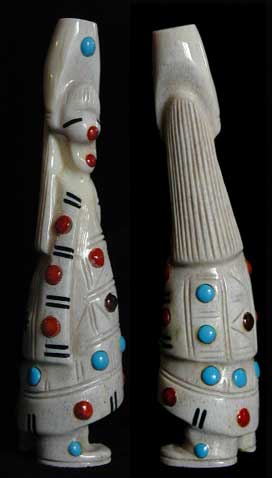 |
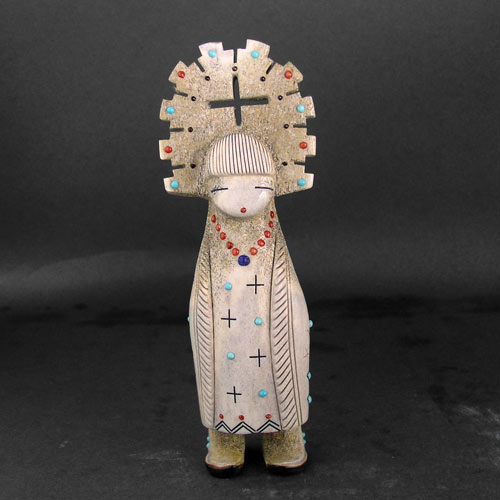 |
 |
 |
 |
Troy Sice |
Zuni Pueblo |
| Nativity |
|---|
 |
| Click image for larger picture, much larger |
|
|
| Other Works by Troy Sice | |
|---|---|
 |
 |
| Backs of these nativity figures are below. | |
 |
 |
 |
 |
 |
 |
 |
 |
 |
 |